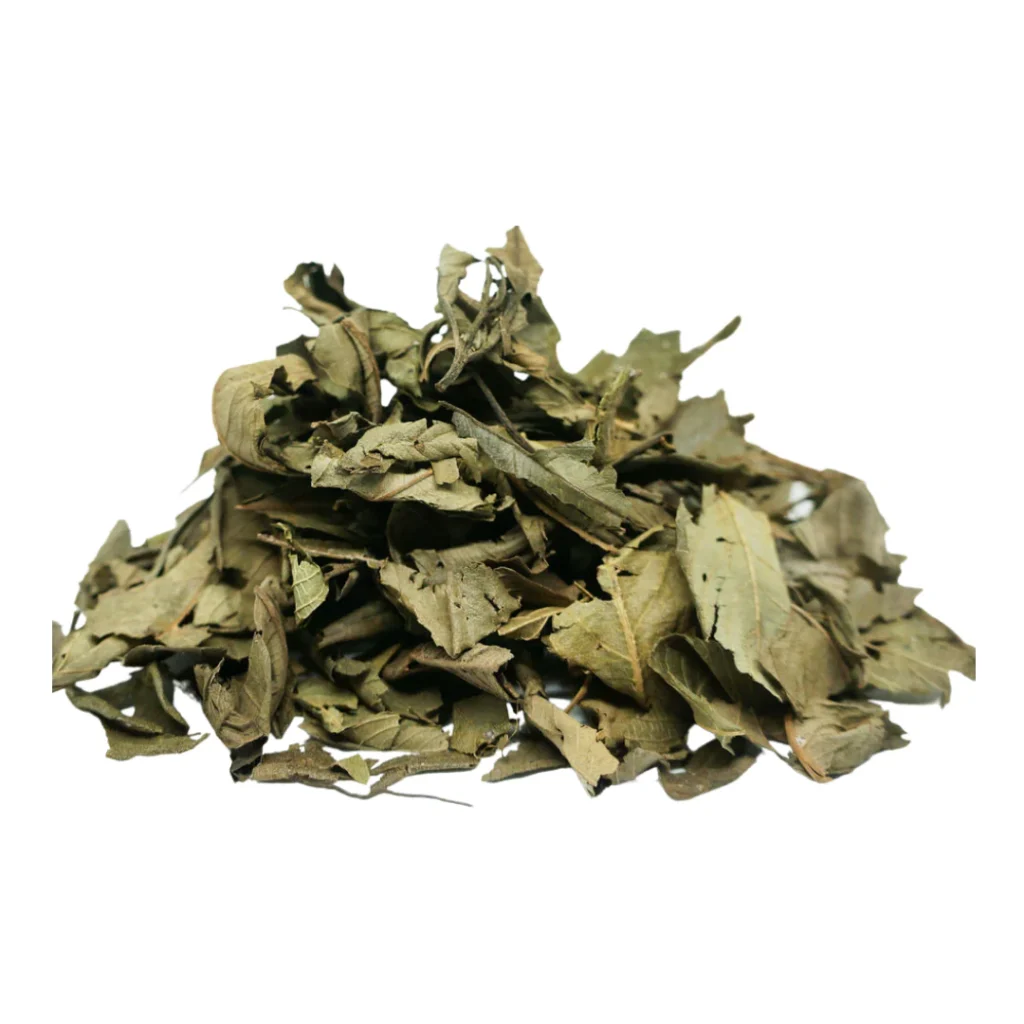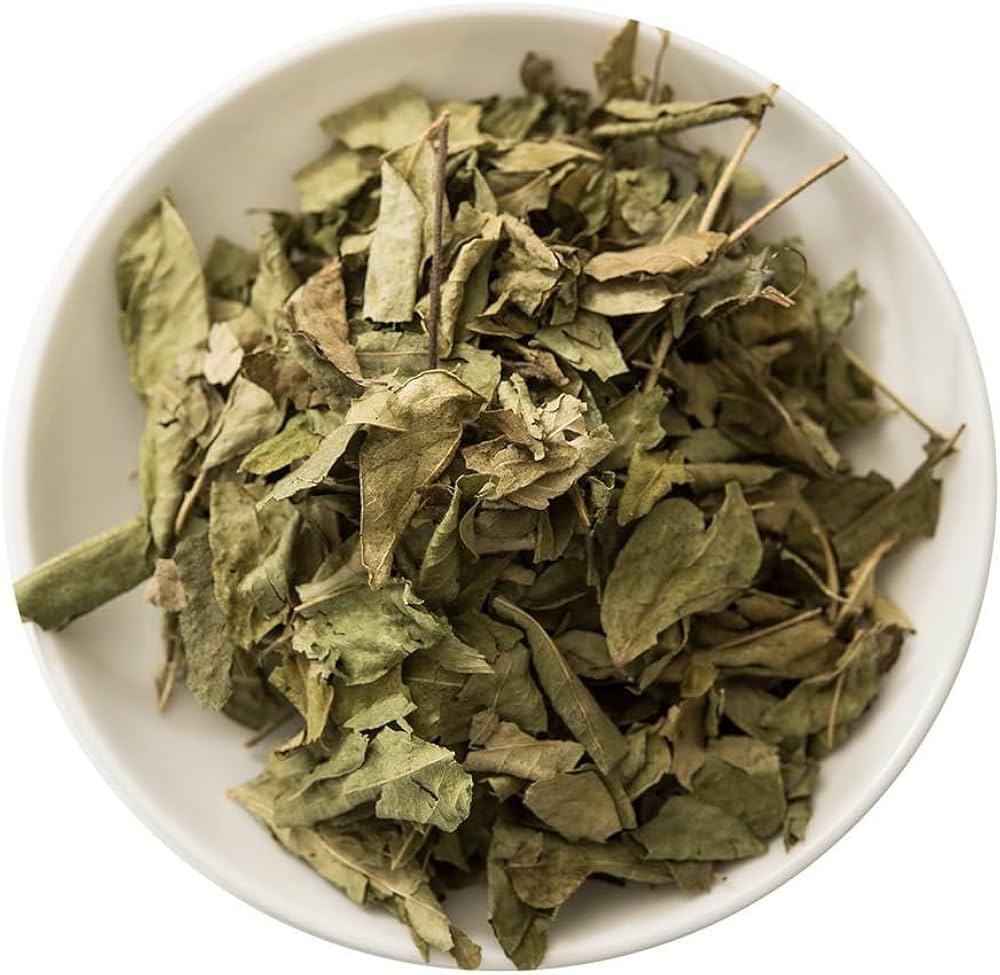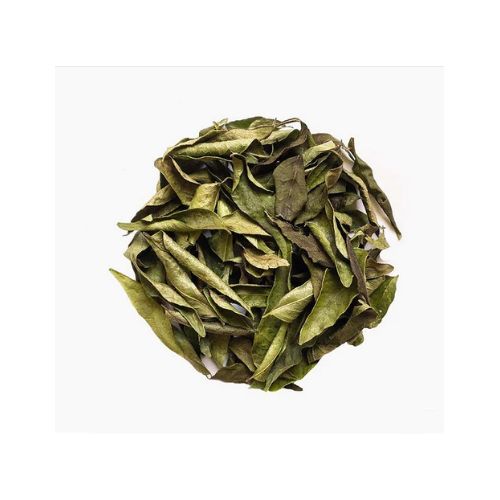INTRODUCTION:

Kirananjo leaves are aromatic leaves commonly used in traditional cooking and herbal medicine. Known for their distinct flavor and health benefits, they are often added to curries, soups, and stews to enhance taste and aroma. These leaves may also possess medicinal properties, such as aiding digestion and boosting immunity.
Urdu: کراننجو کے پتے — Kirananjo ke Patte (Kirananjo leaves)
Hindi: किरानांजो के पत्ते — Kirananjo ke Patte (Kirananjo leaves)
Spanish: Hojas de Kirananjo (Kirananjo leaves)
French: Feuilles de Kirananjo (Kirananjo leaves)
German: Kirananjo-Blätter (Kirananjo leaves)
Chinese (Simplified): Kirananjo 叶 — Kirananjo yè (Kirananjo leaves)
Japanese: キラナンジョの葉 — Kirananjo no ha (Kirananjo leaves)
Arabic: أوراق كيرانانجو — Awraq Kirananjo (Kirananjo leaves)
ENGLISH: KIRNANJO LEAVES
HEALTH BENEFITS:

Rich in Antioxidants:
Helps fight free radicals, reducing oxidative stress and protecting cells.
Boosts Immunity:
Contains compounds that may strengthen the immune system.
Aids Digestion:
Helps improve digestion and reduce bloating or gas.
Anti-inflammatory Properties:
Can reduce inflammation and soothe irritated tissues.
Supports Respiratory Health:
May relieve symptoms of cough, cold, or asthma.
Promotes Skin Health:
Used in traditional remedies to improve skin texture and heal wounds.
Natural Detoxifier:
Helps cleanse toxins from the body, supporting liver and kidney function.
May Help Manage Blood Sugar:
Some herbal leaves help regulate blood sugar levels.
Pain Relief:
Used traditionally to alleviate minor aches and pains.
SIDE EFFECTS:

Allergic Reactions:
Individuals with allergies to pollen, marigolds, ragweed, or daisies may be more prone to allergic reactions to karanja.
Acidity and Gastric Issues:
Due to its “hot” nature, karanja may exacerbate acidity or gastric problems in some individuals.
Pregnancy and Breastfeeding:
Consulting a healthcare professional is recommended before using karanja during pregnancy or breastfeeding due to potential risks.
HOW TO USE:

1. As Herbal Tea
- Method: Boil a few fresh or dried Kirananjo leaves in water for 5–10 minutes. Strain and drink.
- Benefits: Good for digestion, detoxification, and respiratory health.
2. In Cooking
- Method: Add fresh leaves to curries, stews, soups, or stir-fries.
- Benefits: Enhances flavor and provides antioxidants.
3. Paste for Skin Use
- Method: Grind fresh leaves with a little water to make a paste. Apply to the skin for rashes, acne, or wounds.
- Benefits: Soothes inflammation and promotes healing.
4. Leaf Powder
- Method: Dry the leaves in shade, grind into a powder, and store in an airtight container. Use in smoothies, teas, or sprinkle over food.
- Benefits: Easy to store and use daily for immunity and overall health.
5. Steam Inhalation
- Method: Boil leaves in water and inhale the steam (cover your head with a towel).
- Benefits: Helps clear nasal passages and soothe cough or cold.
6. Oil Infusion
- Method: Heat leaves in coconut or sesame oil, strain, and store. Apply to scalp or skin.
- Benefits: Nourishes scalp, reduces dandruff, and improves skin texture.
PRECAUTIONS:
Always start with a small amount to check for allergies or side effects. If pregnant, breastfeeding, or on medication, consult a healthcare provider before use.




